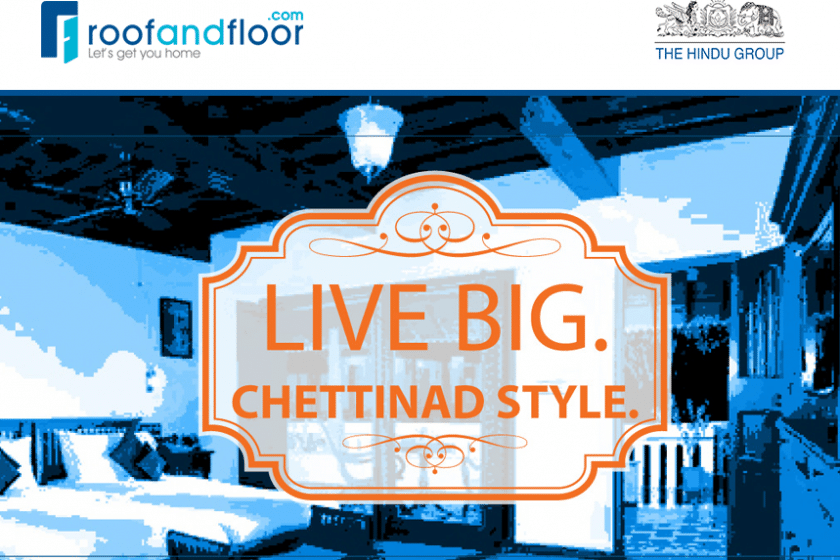You’ve probably seen them feature in south Indian cinema. We’re willing to bet they took your breath away when you first glimpsed them. Wondering where this going? We’re referring to gorgeous, heart-stopping Chettinad mansions. Considered almost a cultural symbol of Sivaganga district in Tamil Nadu, this style of architecture is well-loved and a subject of awe for architecture enthusiasts.
Unfortunately, the Chettinad homes have fallen victim to the march of the ages. The occupants have moved to other places for work. The homes now lie empty. While some of them have been turned into resorts, others have their furniture auctioned off or their carved doors and pillars sold to antique lovers.
But what is it about a Chettinad mansion that entices the onlooker? To start with, the beautiful dwellings are constructed in such a way that the interiors are refreshingly cool in blazing summers. Their linear layouts encourage the natural flow of breeze without obstructions. High ceilings ensure adequate air circulation and the Mangalore-tiled, double-layered roofs insulated the home from intense heat outside. Then there are the enchanting interior features such as heavy, carved teak doors inlaid with precious gems and intricately designed pillars.
Structure
The typical structure of a Chettinad mansion is not discernible when viewed from outside. This was intentionally designed in such a way as to protect the valuables within. Built across sprawling courtyards, these homes are known to have an entrance through one street and the back door opening out into the adjacent streets. The courtyards were built inside and there were usually four courtyards in every home – the first for a lobby-like space flanked by rooms, the second was flanked by dining space, the third was used for relaxation by women and the fourth for the kitchen. There was also a thinnai or a platform that projected towards the street from the front wall. Thinnais had granaries at one end and an accountant’s room on the other.
Materials
The materials that went into building these mansions were often arranged by the Chettiars who travelled abroad for work. They shipped home Burmese teakwood, Italian marble, Spanish floor tiles and Belgium mirrors. The famous Athangudi tiles were used to great effect in the verandahs and living spaces. These tiles, made by combining cement, baby jelly, sand and synthetic oxides, became a sought-after feature.
There is also the miraculous Chettinad plaster that hasn’t peeled even after hundreds of years. The plaster is said to have been made by a specific mixture of roots, yolk and lime that left the walls silky, cool and washable.
Modern adaptations
While the design and layout of Chettinad mansions is not exactly capable of replication today due to space constraints, the thought and ideology that went into building them can be emulated. High ceilings, Athangudi flooring, pillar framework and so on are elements that can be integrated into modern designs in a manner that is both aesthetically pleasing as well as functionally relevant.
If you’re in the designing stages of your dream home, do take a look at the Chettinad architecture to find inspiration and imagination.

